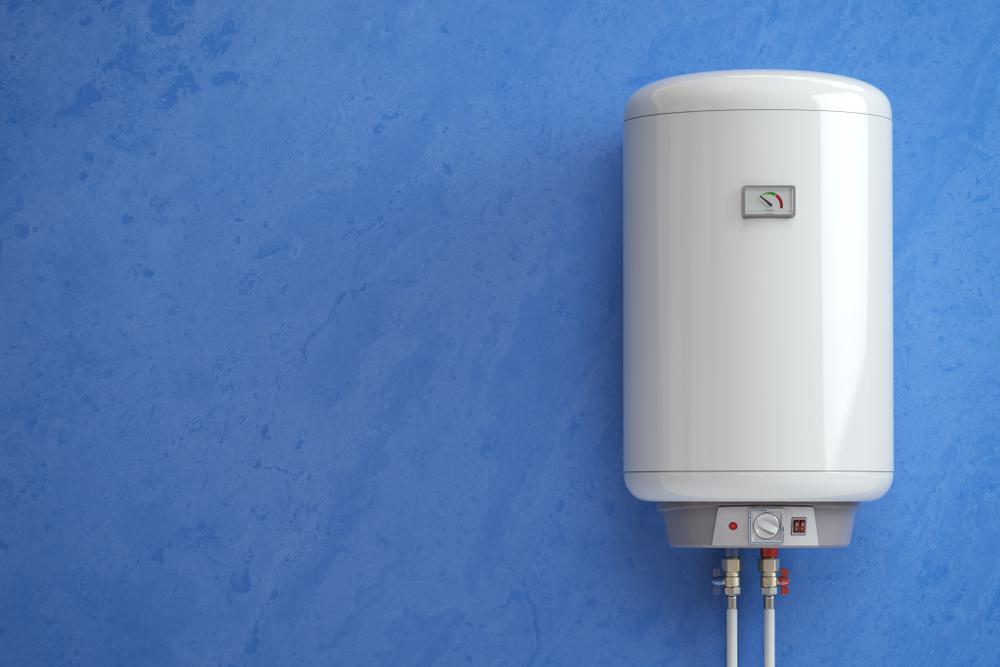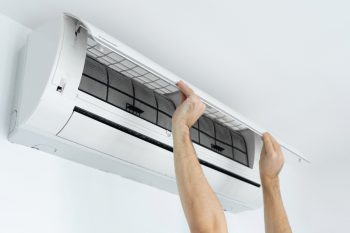
The water heater anode rod is a crucial component of your water heater that you may not know about until it starts causing problems. Often overlooked, this rod plays a vital role in ensuring the longevity of your water heater and the quality of your hot water supply. In this comprehensive guide, we delve into what a water heater anode rod is, its function, the signs that it needs replacement, and how to replace it.
A water heater anode rod, often referred to as a sacrificial rod, is a long metal rod typically made of magnesium, aluminum, or zinc that extends through the interior of your water heater tank. Its primary role is to prevent corrosion and rusting inside the tank by corroding itself instead of the tank, a process known as electrolysis or galvanic corrosion. Regular inspection is necessary, and signs of a deteriorating anode rod include rusty water, a rotten egg smell, inconsistent water temperature, a metallic taste in water, and a leaking water heater.
The Role of a Water Heater Anode Rod
A water heater anode rod, also known as a sacrificial rod, is a long metal rod that extends through the interior of your water heater tank. It is typically made of magnesium, aluminum, or zinc, and its primary function is to prevent corrosion and rusting inside the tank.
The anode rod works through a process known as electrolysis or galvanic corrosion. When two metals are connected in water, one of them will corrode while the other remains intact. In the case of a water heater, the anode rod is designed to corrode in place of the tank. This is why it is often referred to as a “sacrificial” anode.
Different Types of Anode Rods
Anode rods come in three main varieties: magnesium, aluminum, and zinc. Each type has its advantages and is best suited for specific water conditions.
- Magnesium Anode Rods: These are the most common type of anode rods, ideal for areas with soft water. They are efficient in protecting tanks from corrosion but can decompose faster than aluminum rods.
- Aluminum Anode Rods: These rods are more suitable for areas with hard water as they hold up better against minerals and sediments dissolved in the water. They are also more cost-effective and last longer than magnesium rods.
- Zinc Anode Rods: Made from a combination of aluminum and zinc, these rods balance the longevity and cost-effectiveness of aluminum with the odor-combatting properties of zinc. They are an excellent solution for various water types.
Signs Your Anode Rod Needs Replacement
While anode rods are designed to last for several years, they do not last forever. Regular inspection is necessary to determine when a rod needs replacement. Here are some signs that indicate your anode rod may need replacement:
- Rusty or discolored water: This could be due to a corroded anode rod.
- Rotten egg smell: A bad anode rod can cause a sulfuric acid or rotten egg smell in the water.
- Inconsistent water temperature: If your water heater cannot maintain a steady supply of hot water, it might indicate a deteriorating anode rod.
- Metallic taste in water: A metallic taste in your water could suggest a corroded anode rod.
- Leaking water heater: A corroded anode rod can lead to cracks and leaks in the water heater.
Replacing Your Anode Rod
Replacing an anode rod might seem like a daunting task, but with the right tools and a bit of guidance, it can be a straightforward DIY project. Here is a step-by-step guide on how to replace your anode rod:
- Turn off the water and fuel supply: Shut off the water valve going to the water heater and turn off the gas or electricity supply.
- Drain the water heater: Open the hot side of a faucet and drain a couple of gallons of water from the tank so the water level is just below the top of the tank.
- Locate the anode rod: The anode rod is usually found at the top of the water heater tank, near the hot water outlet. If you can’t see the hex head, check your owner’s manual for its location.
- Remove the old anode rod: Use a 1-1/16-inch socket to loosen and remove the anode rod.
- Inspect the old anode rod: Check for signs of deterioration. If it looks like a half-dissolved Alka-Seltzer, it’s been doing its job.
- Prepare the new anode rod: Wrap six or more turns of Teflon tape around the threads of the replacement anode rod.
- Install the new anode rod: Insert the new anode rod into the water heater and tighten it with the 1-1/16-inch socket.
- Turn on the water and fuel supply: Restore the water and gas or electricity supply to the water heater.
Conclusion
The water heater anode rod is a small but essential part of maintaining the longevity and performance of your water heater. Regular inspection and timely replacement can save you from costly repairs and ensure a steady supply of hot water in your home. If you’re unsure about the condition of your anode rod or need assistance with replacement, always consult a professional plumber.
Frequently Asked Questions
How often should I inspect my water heater anode rod?
It is recommended to inspect your water heater anode rod once every two to three years. However, the frequency can vary depending on the quality of your water and the type of anode rod you have.
Can I replace the anode rod by myself, or do I need a professional?
Yes, you can replace the anode rod by yourself if you feel comfortable doing so. It’s a relatively straightforward process, but it does require some basic knowledge of plumbing and water heaters. If you’re not comfortable doing it yourself, it’s always best to hire a professional plumber.
How long does an anode rod typically last?
An anode rod typically lasts between 3 to 5 years, but this can vary depending on your water conditions and the type of anode rod. Aluminum rods tend to last longer than magnesium rods, while zinc rods offer a balance between longevity and protection.
Is it possible to have more than one anode rod in a water heater?
Yes, some water heaters have more than one anode rod to offer extra protection against corrosion. If your water heater has multiple anode rods, it’s important to check and replace all of them as needed.
What if my water heater doesn’t have an anode rod?
If your water heater doesn’t have an anode rod, it’s likely that it’s a tankless model or it’s lined with a material that doesn’t require an anode rod for corrosion protection. It’s always best to check your owner’s manual or consult with a professional plumber if you’re unsure.












